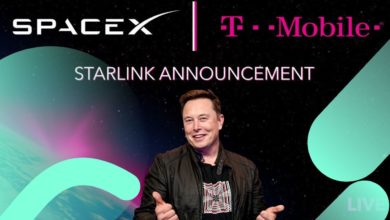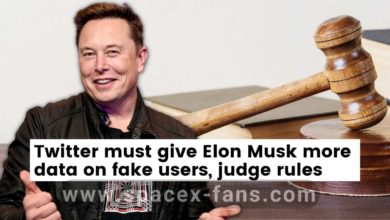
Elon Musk’s space company, on the other hand, continues to offer the best deals in town.
The terrible news came out last month: consumer inflation in the United States touched 7.9% in March, the highest level in our country in 40 years. Gas prices have surpassed $4 per gallon, setting new highs in the United States.
But do you know who’s getting hammered financially today? Yes, you read that correctly: space firms.
“Space is hard”…on your wallet
The start-up space stock SpaceX had the lowest prices in town for quite some time, promising to launch client payloads into orbit for as little as $61.2 million per launch, making it the cheapest stock in town for quite some time. Because businesses such as Boeing (BA -1.56 percent) and Lockheed Martin (LMT -0.86 percent) were charging upwards of $400 million each launch at the time, it was a significant savings above the current market price.
True, SpaceX announced a minor price increase in 2016, but the increase was only to $62 million. Prices have remained at that level ever since — up until last week, that is.
The cost of launching a SpaceX Falcon 9 rocket into Geosynchronous Transfer Orbit (GTO) increased from $62 million to $67 million between March 15 and March 22 (according to web.archive.org — the internet’s Wayback Machine), an increase of 8 percent. The increase was traced to images captured by web.archive.org — the internet’s Wayback Machine of the SpaceX website. Similarly, the cost of a Falcon Heavy (FH) voyage to orbit (which had not been raised since 2016) increased by 7.8 percent to $97 million in 2017.

Prices have risen from a base of $1 million per 200 kilogramme satellite to $1.1 million on SpaceX’s dedicated Rideshare homepage. They may combine their small satellite with other customers’ smallsats on the website to form a smallsat fast train towards orbit.
The cost of launching somewhat larger smallsats has also risen. SpaceX now charges an additional $5,500 for each kilogramme of satellite mass that exceeds 200 kg. (For example, a 225 kilogramme satellite costs $1.24 million.) That pricing, like the baseline cost, has risen by 10% since Rideshare was initially announced in 2019. “Pricing [was] changed in March 2022 to accommodate for high levels of inflation,” according to SpaceX.
In reality, “inflation” is a recurring cry among both commercial and retail customers at SpaceX. On March 22, SpaceX told customers that it was boosting the price of Starlink satellite internet service by 11%, to $110 per month, and hiking the price of satellite dishes by 20%, to $599. “The primary aim of these revisions,” SpaceX stated, “is to keep up with growing inflation,” according to SpaceNews.com.
What it means to investors?
As a result, the cost of Starlink is rising in lockstep with the cost of space launch. However, what does this imply for investors?
In the case of Starlink, there isn’t much. As we’ve previously argued, Starlink will never be competitive in metropolitan areas with terrestrial cable internet from businesses like Comcast ( CMCSA 0.57 percent ). It’s largely a solution for rural internet clients who don’t have any other options, costing $99 or $110 per month.

The scenario concerning space launch, on the other hand, is far more intriguing.
Due to SpaceX’s pricing rises, competitor space launch firms’ rates will become more competitive (unless they raise prices as well). Rocket Lab (RKLB -1.64 percent ), for example, costs $6.5 million to launch a tiny satellite into orbit with its Electron rocket. Even if Rocket Lab does not boost its rates as much, it will still charge $5 million more than SpaceX for a modest satellite launch.
Simply said, SpaceX’s pricing are so cheap right now that it can raise them whenever it wants, whether to cover the cost of greater inflation or simply because it wants to, and maintain or even extend its profit margins.
For bigger satellites, SpaceX competes with Boeing and Lockheed Martin’s United Launch Alliance (ULA), as well as Airbus’s (EADSY -0.79 percent ) Arianespace in Europe. On the one hand, Falcon 9 pricing increased. On the other side, even at $67 million per launch, SpaceX drastically under-priced both ULA (prices start at $109 million) and, most likely, Ariane. (Ariane’s new Ariane 6 rocket is expected to cost $77 million to launch.)
It’s also worth mentioning that, while the cost of launching a Falcon Heavy rocket climbed by 7.8 percent, the rocket’s potential grew by 20 percent. SpaceX quoted FH’s payload capacity at 22,200 lb to GTO six years ago. FH can now handle 26,700 kg.
Even at $97 million, this is still a steal. SpaceX is the space business to beat, inflation or no inflation.




